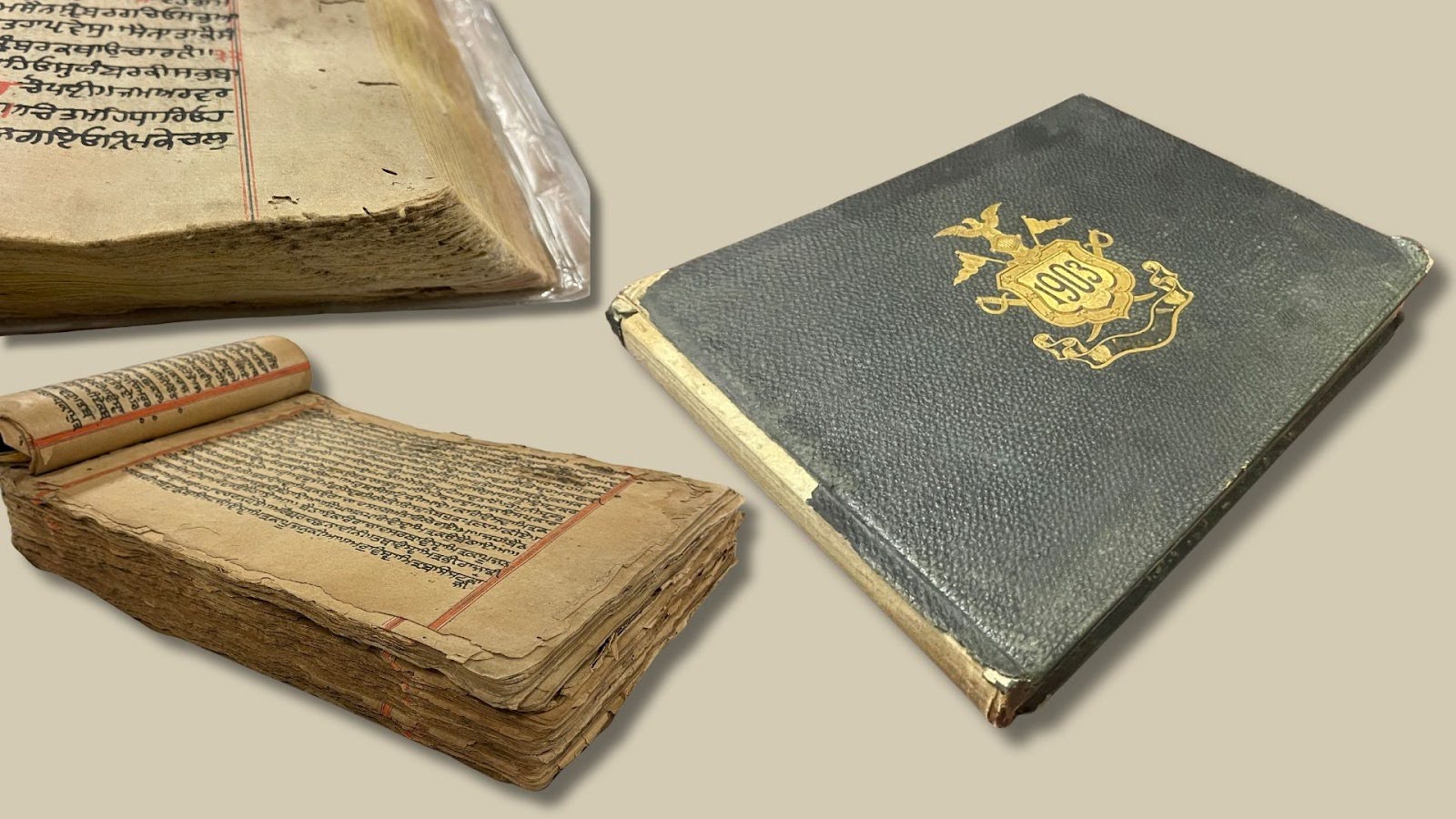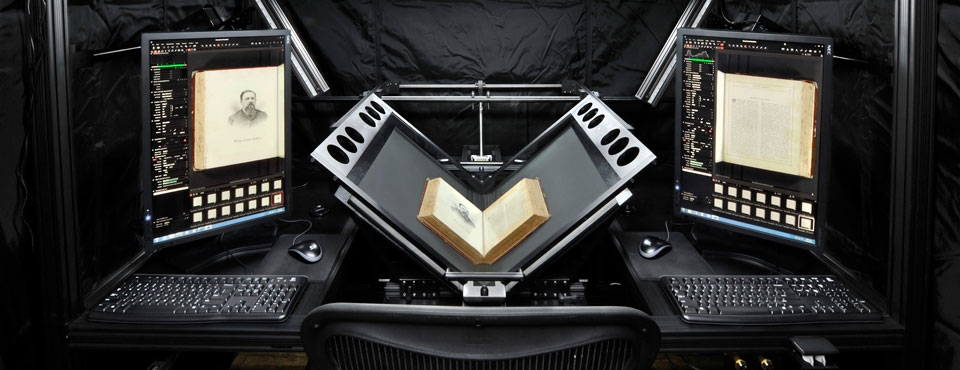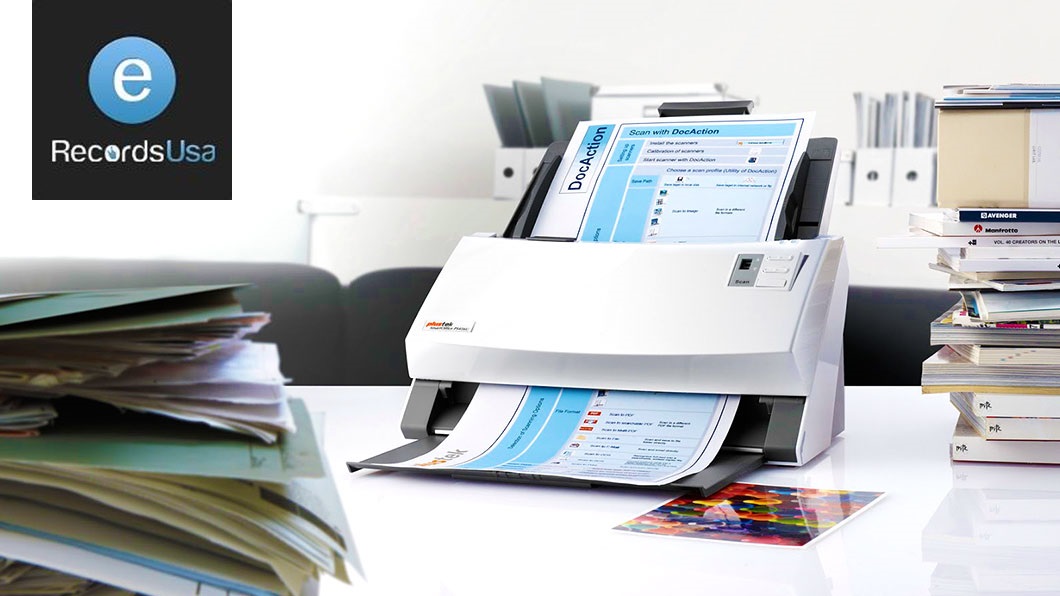Have you ever come across a beautifully aged book and thought, “how to preserve books for a long time?” There’s something so special about historical & rare books and the stories they hold, and that’s why many of us want to keep them safe and accessible. Non-destructive scanning is a fantastic way to do just that—it’s a method designed to capture a book’s content without putting any stress on its pages or binding.
With non-destructive book scanning, you can create a digital version of a book that anyone can enjoy while still preserving the original’s charm and character. I love how this approach allows us to share valuable books with the world, ensuring they remain intact and cherished. Its preservation at its finest, gives these books a lasting digital presence without compromising their physical form.
Why Non-Destructive Scanning is Essential for Fragile Books?
Rare and fragile books are often irreplaceable, and their value extends beyond the text they hold. Every aspect contributes to their uniqueness, from the texture of the pages to the intricate details of their bindings. However, traditional handling or scanning methods can pose significant risks to these delicate items.
Key Benefits of Non-Destructive Scanning:
- Preserving Physical Integrity: Non-destructive scanning avoids excessive handling or flattening of pages, preventing potential damage to bindings, brittle paper, or fragile covers. This method ensures the original book remains unharmed and intact.
- Enhanced Accessibility: Digitized copies of fragile books allow a global audience to access and study their content without needing direct physical handling. This is particularly valuable in libraries, archives, and research institutions where preserving originals is a priority.
- Long-Term Safekeeping: Digital versions safeguard against loss due to environmental factors, theft, or accidental damage. The book’s essence is preserved for future generations by creating a high-quality digital replica.
Non-destructive scanning thus perfectly balances safeguarding the physical book while extending its reach.
What Techniques are Commonly Used to Scan Fragile Books Without Causing Damage?
Document scanning companies employ specialized and manual scanning methods to ensure the utmost care during digitization. These techniques are specifically tailored for handling fragile materials, avoiding the risks associated with automated systems.
Common Techniques for Non-Destructive Scanning:
- Flatbed Scanning: This technique involves placing the book on a flatbed scanner while supporting the pages with cushioned tools or cradles. Only a portion of the book is opened simultaneously, ensuring minimal strain on the spine. This method is ideal for books that can be partially opened without risking structural damage.
- V-Shaped Cradle Scanners: A popular choice for rare and antique books, the V-shaped cradle scanner supports the book in a gentle V position. This reduces stress on the spine and allows scanning without fully opening the book. The method is particularly useful for books with delicate bindings or fragile pages.
- Handheld and Expert-Led Scanning: Manual scanning by trained document scanning professionals is preferred for extremely delicate books. Each page is carefully positioned and scanned, ensuring every movement prioritizes the book’s safety.
Flatbed Scanning: A Gentle Approach for Fragile Books
Flatbed scanners offer a safe and reliable method for digitizing fragile books, ensuring their delicate structure remains intact. These scanners provide a stable, flat surface that minimizes handling and prevents stress on fragile bindings or pages.
Fragile books are carefully positioned on the scanner, opened only as much as their binding allows. Supports like cushioned cradles or wedges ensure the book’s natural posture is maintained, while polished acrylic sheets may be used lightly to protect pages during scanning. This gentle approach avoids unnecessary strain on the spine or damage to the pages.
Flatbed scanning is ideal for books that require careful handling and high-quality imaging without compromising their physical integrity. This approach ensures preservation and accessibility, making flatbed scanning a trusted choice for delicate books.
V-Shaped Cradle Scanning: A Safe Solution for Fragile Books
The V-shaped cradle scanner is a game-changer that preserves the integrity of delicate books. Unlike flat scanning methods, this technique places the book in a gentle V-shape, offering some advantages. First, it reduces strain on the spine. Opening them flat for older books or those with fragile bindings can cause stress on the spine, potentially leading to cracking or other damage. The V-shape cradle lets us capture both pages without fully opening the book, keeping the spine and pages in great condition.
This method is especially favored for rare and antique books. Many libraries and archives use V-shaped cradle scanners specifically for these valuable items because they allow us to scan the content without risking the structure. It’s one of the most thoughtful and effective techniques for balancing access with preservation, ensuring these unique books remain pristine.
Best Practices for Handling Fragile Books During Scanning
When it comes to fragile books, handling them with care is essential—especially before and during the book scanning process. There are a few key practices I always follow to ensure these valuable materials are kept safe:
- Gentle and Controlled Handling: Books are always supported with two hands and never lifted by their edges or corners. Gloves are worn to prevent oils or dirt from damaging the surface.
- Environment Control: Scanning is conducted in rooms with stable temperature, humidity, and lighting conditions. Excessive light, fluctuating temperatures, or high humidity can weaken pages and bindings over time.
- Use of Protective Tools: Tools like cushioned cradles, wedges, and polished acrylic sheets stabilize books during scanning, minimizing strain on the spine or pages.
- Trained Professionals: Only trained personnel handle fragile books to ensure proper techniques are used, as outlined in our archival digitization guidelines.
Choose the Right Scanning Technique for Fragile Books
When preserving fragile books, choosing the right scanning technique is essential. Each method—whether flatbed scanning, V-shaped cradle scanning, or expert handling—offers unique benefits depending on the book’s condition, age, and binding. The goal is always to capture a high-quality digital version while keeping the physical book safe.
Partnering with a professional book scanning service can make all the difference for digitizing rare, valuable, or delicate books.
At eRecordsUSA, we specialize in non-destructive scanning techniques that protect your books while delivering exceptional digital copies. Focusing on careful handling and advanced technology, eRecordsUSA ensures that each page is preserved with precision and care.
Choosing the right book-scanning partner is a step toward preserving history. Contact us, and let’s ensure your collection is protected and ready for future generations to enjoy.
















